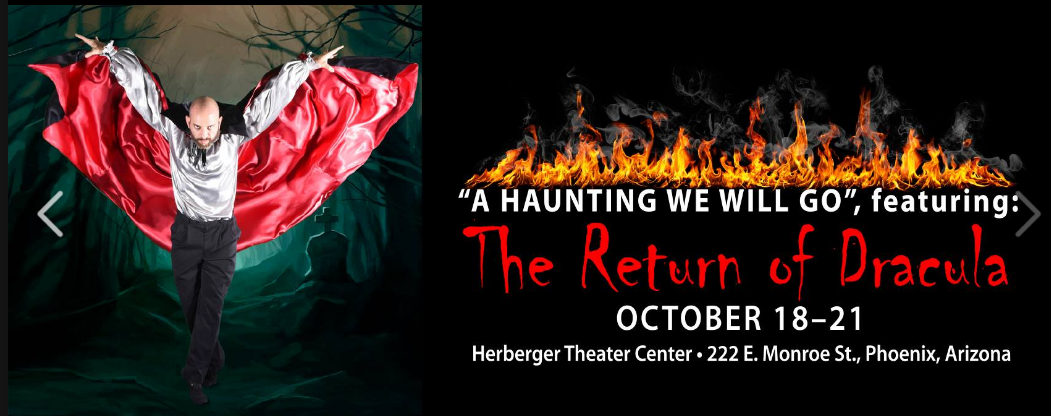Center Dance Ensemble
Choreographer: Frances Smith Cohen
I think this is a flawed program, to which I had an almost visceral negative reaction. I say that, knowing full well the rest of the audience appeared to love it, be moved by it, and would likely lavish praise upon it. That’s what makes this effort so difficult. What possible valid criticism could I mount in the face of that sort of success? My reaction to the work was immediate – this response is not. I’ve given it careful consideration and, in the end, all I’m left with is my point of view and a felt obligation to explain it as thoroughly and accurately as I can. I base this criticism on my assertion that, given the gravity of the topic, there is a larger artistic obligation here than to move people in a simplistic way that they are culturally and socially hard-wired to respond to.
When President Bush addressed the nation from the 9-11 site, he was wearing firemans’ headgear, presumably to demonstrate his solidarity with the first responders. Authenticity does not take kindly to be being borrowed or impersonated. The president of the United States did not have the authority to wear that helmet and the nation instinctively cringed. The military conflicts that have plagued us for a generation since, and the lives lost in their wake, have taken a heavy toll on this nation. Four dancers, dressed in fatigues, cannot bear the weight of that reality.
Actors are imitators, dancers are interpreters. An actor must wear a uniform to fully inhabit the military role he or she is playing. Put that same uniform on a dancer, and it becomes almost clownishly on-the-nose. That doesn’t mean you can’t create a piece with dancers dressed like soldiers. You can. Throw in some sailors and a couple Cossacks. Put some of them in tutus. You have creative freedom. Go nuts.
But not in a memorial. In this heightened reality, the uniform takes on great symbolic meaning. And if the uniform is to be honored, then, by definition, there are behaviors that will dishonor it. In this context it carries with it a whole host of codes, written and unwritten, that must be observed. In this context, the dancers simply do not have the authority to wear it. And context is everything.
What we think is respectful representation can be anything but. One example is the moment where the dancers are moving somewhat diagonally in unison, intended, I believe, to represent marching or some precision military drill. Performed as dancers, it would be an innovative, artistic interpretation of militarized lockstep. However, when, as in the program, they are portrayed as actual soldiers, it’s a bit silly and demeaning. Context is everything.
The choreographer and dancers found heartfelt moments of connection that I contend were marred by seeing them acted out in uniform. Those are emotions that combat soldiers could experience but that they would have great difficulty expressing, given the nature of military culture. While these gestures and figures may have cut to the core of their emotional reality, trying to express them by dancing in uniform was a betrayal of the military ethos and the stoicism that the uniform represents.
The reanimation of the dead soldiers for the climactic ending just felt like three kinds of wrong. If dancers get up off the floor, it’s a simple dance move. When they stand up as actual soldiers, it feels creepy and confusing. Are they ghosts? They could be zombies. We have no context. The salute in the finale, even if the audience finds it moving, is just wrong. The dead don’t salute the audience – we salute them.
All of this can be fixed. All the tools are available. Props, sets, projected images, the score. Give this a visual reference – let us know where we are. Project a military funeral in the background. When the color guard salutes the fallen, let a dancer, who we know as the spirit of the fallen soldier, rise up and return the salute from the grave. Something. Give us some context.
This program is crying for meaningful collaboration with visual and multimedia artists. Not for flash but for illumination. Or go the other direction. There is no mandate for literalism. Let it be bare, abstract, a work unto itself, “inspired by”. Either way, if this is to be a memorial, lose the uniforms.
The score was commendable, at various points suggesting but never duplicating military trumpets and incorporating subtle sound reinforcement for context, like an Arabic woman singing and the voices of children in the background. But as emotive as the music was, it couldn’t compensate for what I perceived as a truly unfortunate misrepresentation on stage.
Even though I think that, as presented, this work is deeply flawed, the effort is so sincere and the topic so important that I hope we will see it again, transformed, both larger and more intimate, with the visual support necessary to establish a compelling context that allows the dancers to appear as artistic and emotional surrogates, exercising their superpower, doing what no stage or screen actor can do, giving their bodies to the achingly beautiful connections between comrades in a way that our men and women in uniform experience but cannot fully express.
Viewed Re/Viewed


Recent Comments